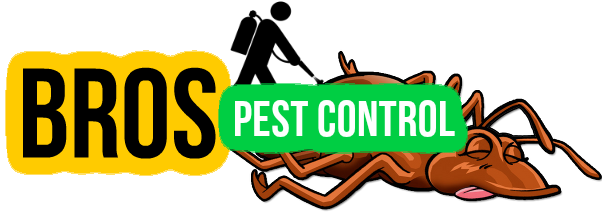Bee Removal Sequim, WA | Yellow Jackets, Wasps, Hornets
Sequim Bee Control & Extermination
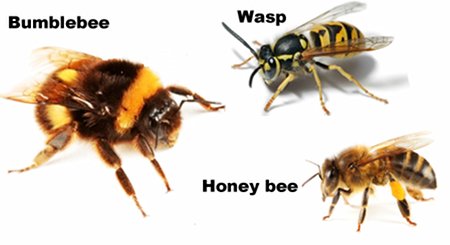 Bro’s Pest Control specializes in bee removal Sequim, WA. Bro’s Pest Control is your connection to safe bee removal and extermination services in the Sequim area. Exterminators within our network specialize in: wasp control, hornet control, bee swarm removal and bee removal. Pest control services can also include sealing off the entrances and exits, repairs from hive and damage, as well as traps. Bee’s can pose danger, especially if a loved one is allergic. Contact Bro’s Pest Control today to control your bee problem in the Sequim area.
Bro’s Pest Control specializes in bee removal Sequim, WA. Bro’s Pest Control is your connection to safe bee removal and extermination services in the Sequim area. Exterminators within our network specialize in: wasp control, hornet control, bee swarm removal and bee removal. Pest control services can also include sealing off the entrances and exits, repairs from hive and damage, as well as traps. Bee’s can pose danger, especially if a loved one is allergic. Contact Bro’s Pest Control today to control your bee problem in the Sequim area.
For Bee Control Sequim, Washington Call, 1-888-497-9069
Specialized Bee Removal & Extermination
Bro’s Pest Control professionals can help you with all different bee problems including:
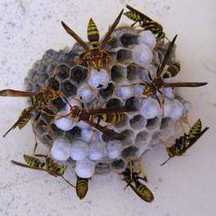 Removal of hives, bee swarm removal, yellow jacket removal, hornet removal, bumble bee removal and various of bee removal jobs. Bee removal Sequim, WA experts will come out to your home or business and remove unwanted bee’s safely and at a reasonable price. Same day appointments for bee removal can be scheduled, if needed. Ready for bee control Sequim, WA? Contact us today by calling 1-888-497-9069.
Removal of hives, bee swarm removal, yellow jacket removal, hornet removal, bumble bee removal and various of bee removal jobs. Bee removal Sequim, WA experts will come out to your home or business and remove unwanted bee’s safely and at a reasonable price. Same day appointments for bee removal can be scheduled, if needed. Ready for bee control Sequim, WA? Contact us today by calling 1-888-497-9069.
Bee, Wasp & Hornet Treatment
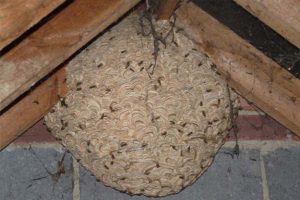 Bee, wasp or hornet treatment Sequim, WA will require one of our bee specialists to come out to your home to perform a free inspection. They will arrive fully equipped to eliminate your bee issue. The bee exterminator will identify the location of the nest, depending on the type of stinging insect problem you have, and eliminate/remove the problems to protect your family’s health and safety. In the case of a hornets nest, the technician will treat the nest and return to remove it after insuring that all the pests have been killed.
Bee, wasp or hornet treatment Sequim, WA will require one of our bee specialists to come out to your home to perform a free inspection. They will arrive fully equipped to eliminate your bee issue. The bee exterminator will identify the location of the nest, depending on the type of stinging insect problem you have, and eliminate/remove the problems to protect your family’s health and safety. In the case of a hornets nest, the technician will treat the nest and return to remove it after insuring that all the pests have been killed.
Bees are flying insects closely related to wasps and ants, known for their role in pollination and, in the case of the best-known bee species, the European honey bee, for producing honey and beeswax. For bee removal Sequim, WA — contact us today!
Bee Extermination Sequim, Washington
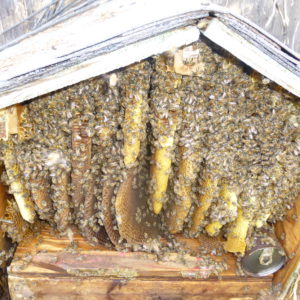 Assuming the bee's in question are not honeybee's, a Bro's Pest Control expert can exterminate them. Every year, beekeepers are called upon to give advice regarding the removal of honey bees (and other insect pests) from homes and buildings since honey bees are NOT to be exterminated. Honey Bee removal on the other hand, includes relocating the bee's to a different location. If you have a bumble bee, wasp or yellow jacket bee problem in Sequim, WA -- then extermination can be done. For wasp, bumble bee, hornet or yellow jacket extermination Sequim, WA -- please get in touch with Bro's Pest Control today!
Assuming the bee's in question are not honeybee's, a Bro's Pest Control expert can exterminate them. Every year, beekeepers are called upon to give advice regarding the removal of honey bees (and other insect pests) from homes and buildings since honey bees are NOT to be exterminated. Honey Bee removal on the other hand, includes relocating the bee's to a different location. If you have a bumble bee, wasp or yellow jacket bee problem in Sequim, WA -- then extermination can be done. For wasp, bumble bee, hornet or yellow jacket extermination Sequim, WA -- please get in touch with Bro's Pest Control today!
Sequim, Washington
Sequim i/ˈskwɪm/ is a city in Clallam County, Washington, United States. As of the 2010 census counted a population of 6,606. Sequim and the area around Sequim has a population of about 28,000. Sequim is located along the Dungeness River near the base of the Olympic Mountains. The city has been increasing in population dramatically in recent years due to the influx of retirees from the Puget Sound region and California. Sequim School District population served is a little over 29,000.[citation needed]
Sequim lies within the rain shadow of the Olympic Mountains and receives on average less than 16 inches (410 mm) of rain per year—about the same as Los Angeles, California—and has given itself the nickname of Sunny Sequim. Yet the city is fairly close to some of the wettest temperate rainforests of the contiguous United States. This climate anomaly is sometimes called the blue hole of Sequim.[5] Fogs and cool breezes from the Juan de Fuca Strait make Sequim's environment more humid than would be expected from the low average annual precipitation. Some places have surprisingly luxuriant forests dominated by Douglas-fir and western red cedar. Black cottonwood, red alder, bigleaf maple, Pacific madrone, lodgepole pine, and Garry oak can also be large. Historically, much of the area was an open oak-studded prairie supported by somewhat excessively drained gravelly sandy loam soil, though agriculture and development of the Dungeness valley have changed this ecosystem. Most soils under Sequim have been placed in a series which is named after the city.[6] This "Sequim series" is one of the few Mollisols in western Washington and its high base saturation, a characteristic of the Mollisol order, is attributed to the minimal leaching of bases caused by low annual rainfall.[7]
The western honey bee or European honey bee (Apis mellifera) is the most common of the 7–12 species of honey bee worldwide.[1][2] The genus name Apis is Latin for "bee", and mellifera means "honey-bearing", referring to the species' tendency to produce a large quantity of honey for storage over the winter.
Like all honey bees, the western honey bee is eusocial, creating colonies with a single fertile female (or "queen"), many sterile females or "workers," and small proportion of fertile males or "drones." Individual colonies can house tens of thousands of bees. Colony activities are organized by complex communication between individuals, through both odors and the dance language.
